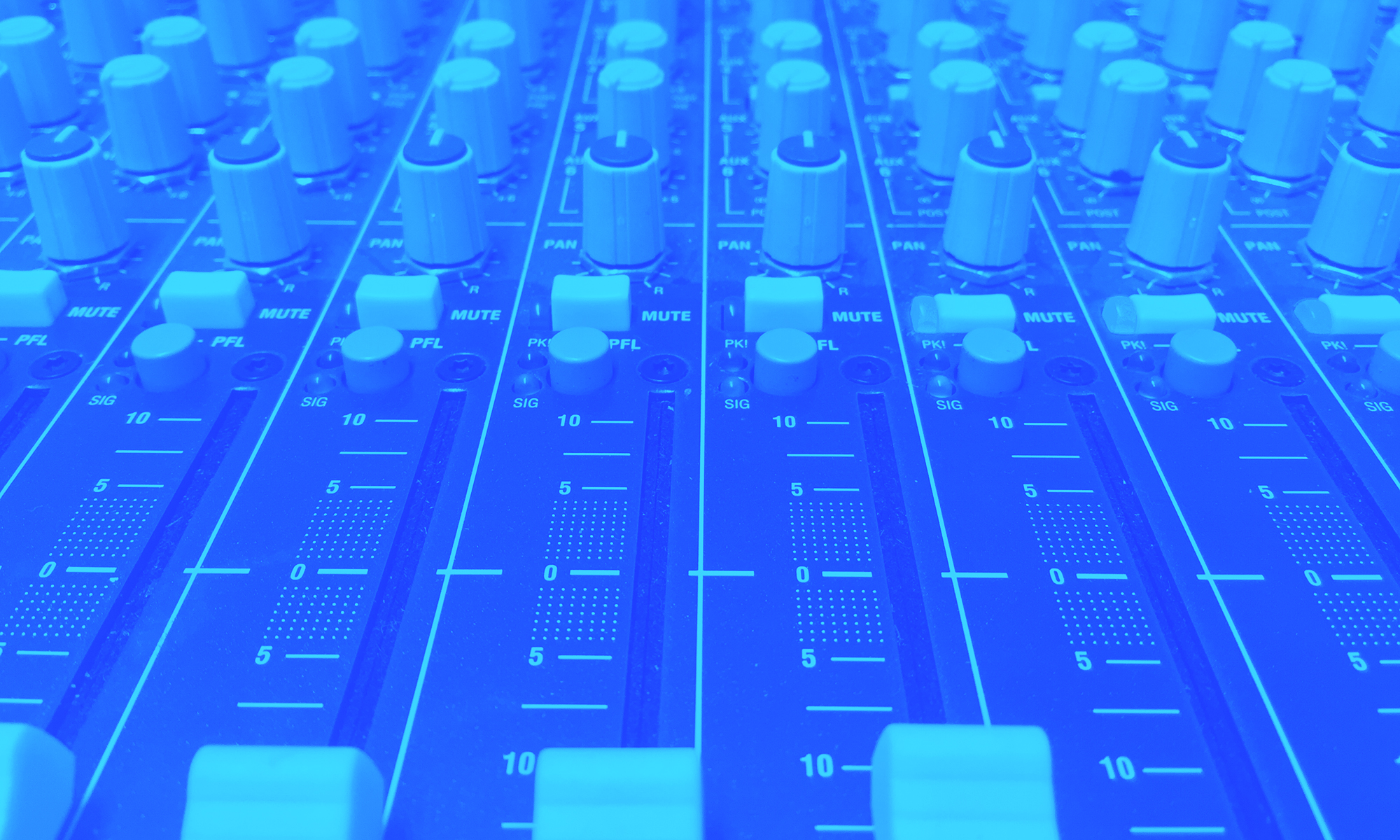Room tone is the sound of the room you are recording in when you are not making any noise. It’s quite literally the sound of your room. Every surface of a room reflects sound. Even the sound of the air conditioner or heater in your home will reflect off of surfaces and be directed to your microphone. This tone can be OK as long as it is quiet, consistent and does not distract from what you are recording. Of course, it’s best to have as little as possible extra noise in the room you are recording.
How is it established?
Room tone is established by the actual setting of the room you are recording in. Even moving small items around in the room can change your room tone. It is always best to record 30-45 seconds of room tone every time your record.
How do I record it?
The best way to record room tone is to position yourself where you sit or stand when you are recording. This maintains the reflection of room noise off of your body to the microphone. Sit perfectly still, hold your breath and punch record. I know 30-45 seconds is a long time to hold your breath, but it’s going to give you an accurate room tone every time.
Where do I use it?
Room tone is used primarily to fill in gaps between edits during post production. When you have to cut out mouth noise or an excessive breath, you never what to fill that gap with silence. It is harsh, and critics will pick it out every time. You can also use the room tone to put on a “head” and “tail” to your recording. I usually put one half to a full second of room tone on the beginning of a track, and one to two seconds at the end. This allows your customer, or whoever is editing the audio to have a little time to work with at the beginning and the end of the clip.

